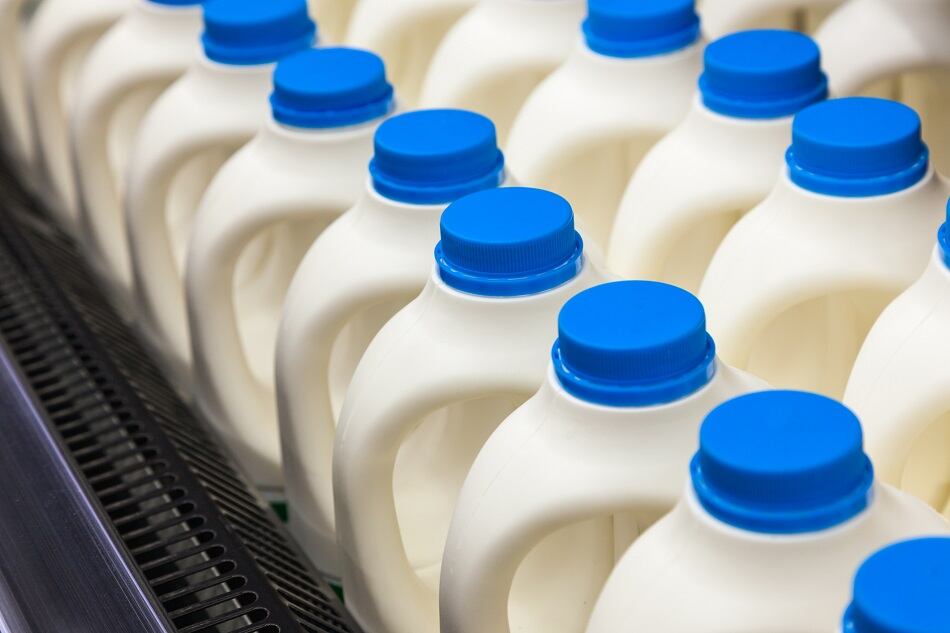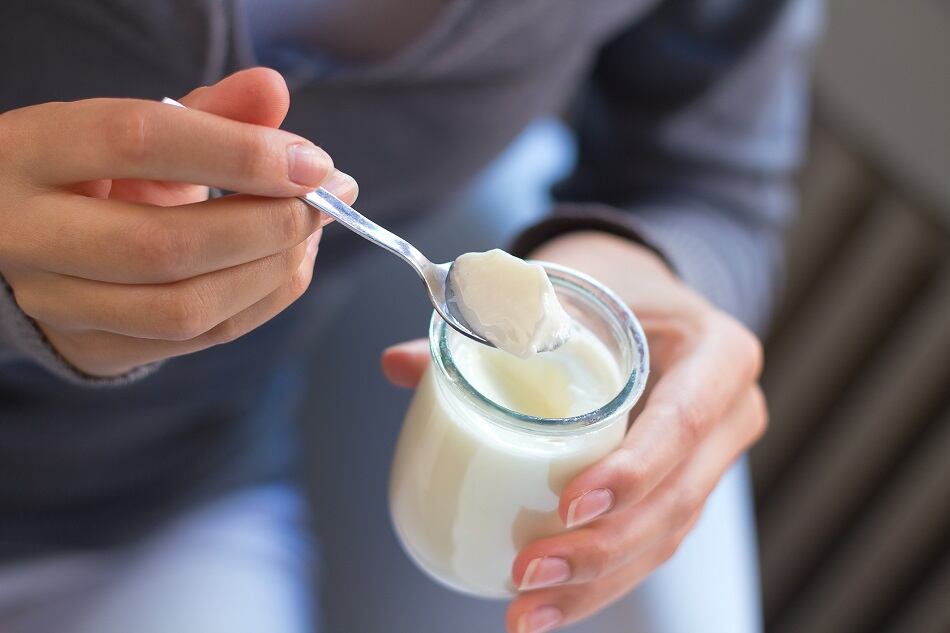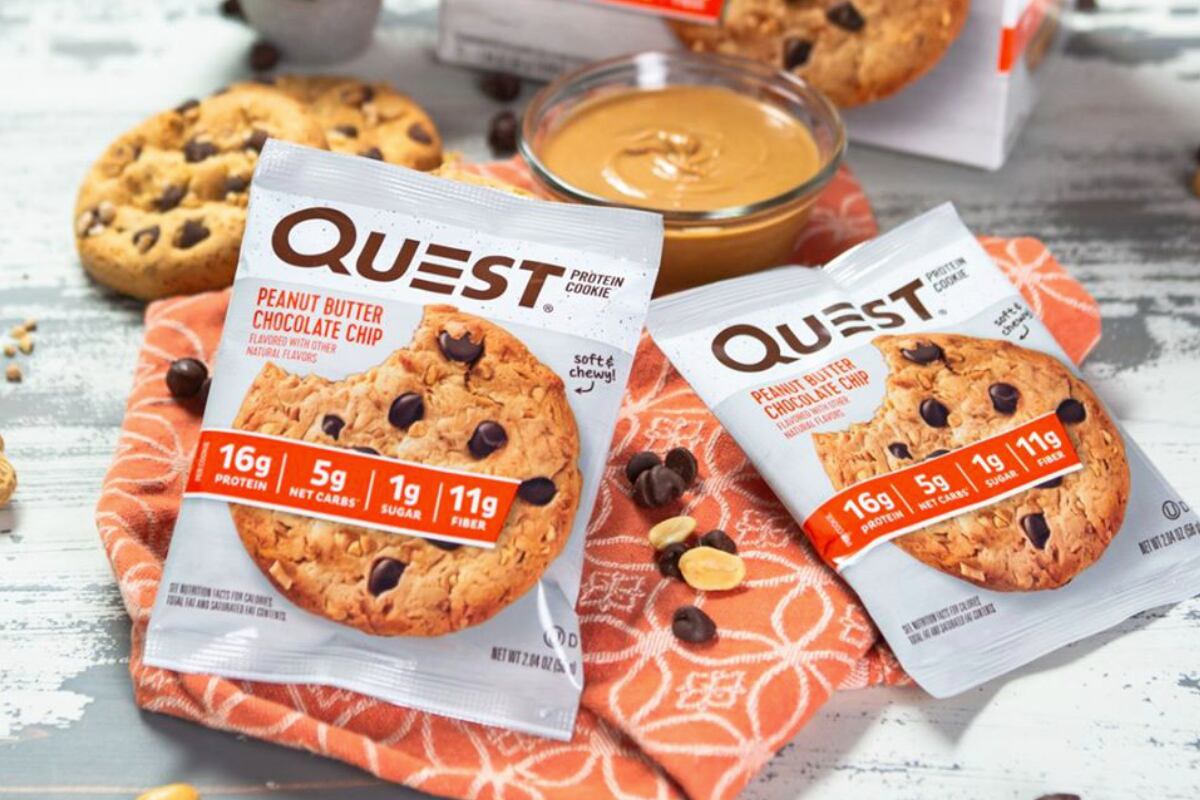“I think it’s fair to say that the pandemic has been a gut punch to American commodity prices across the board for American agriculture but probably most significant for the dairy industry and dairy farmers,” US Dairy Export Council (USDEC) CEO and president Tom Vilsack said on a press call held last Friday, April 10.
“We’ve seen [the price of] class III (milk used for most types of cheese) decline by 26%, class IV (the milk used for butter, spreads, and dry milk powders) milk decline by 36% in recent days, a more significant drop than any other commodity has endured… at a time when the dairy industry was just recovering from a long period of time of difficulty.”
At the end of 2019 and for the beginning of 2020, the dairy industry was looking stable, said Vilsack, even as early signs of the coronavirus caused export issues to four of its top ten markets in Southeast Asia.
“We had seen at the end of 2019 and the beginning of 2020, a lot of momentum on the export side. We had seen record levels of volume, we had seen record value being paid by folks outside the United States. Our February numbers actually showed that dairy was exporting at a rate better than last year.”
The National Milk Producers Federation (NMPF) and the International Dairy Foods Association (IDFA) sent a letter to the USDA last week urging the Administration to take action to support the US dairy industry through the COVID-19 crisis. Recommendations proposed by the US dairy organizations were aimed at closing the supply and demand gap for milk and milk-based ingredients. Currently, milk supplies exceed demand by 10% - a gap that could widen over the coming months.
READ MORE ABOUT THE JOINT PLAN HERE.
"The US dairy industry is dealing with an overabundance of milk and is working around the clock to indentify and implement new strategies to channel milk supplies to new audiences and channels," said Dairy Management Inc. (DMI) CEO Tom Gallagher.
“Our challenge is to find where we can connect those disconnected supply chains to new outlets.”
Last Friday, the USDA granted some relief to dairy farmers and producers by allowing discarded milk to be counted toward milk marketing for the Dairy Revenue Production (DRP) or as actual marketing for the Livestock Gross Margin for Dairy (LGM-Dairy) programs.
"That decision will allow dairy farmers participating in those risk management programs not to lose coverage on any milk that can’t be marketed and will be helpful in mitigating some of the catastrophic damage many dairies face due to supply-chain disruption caused by the coronavirus crisis," stated NMPF.
Retail, food service strategies
Like many other categories, dairy products across the board have seen a surge in retail demand. According to IRI POS data for the week ending March 15, 2020 vs a year ago, demand for the dairy (all products) rose 57.8% in the US, more than many other global market including Italy, France, and the UK.
Breaking it down into sub-categories, refrigerated skim/low-fat milk and whole milk sales were up 46.7% and 47.2%, respectively.
“On the retail front, there was the initial panic buying where we saw fluid milk purchases go up for a few weeks as high as 50%. For the most recent data we have that’s down into single digits. And some that we’ve talked to in industry say that we’re now at or below pre-virus levels,” said DMI CEO Tom Gallagher on the press call.
As retail demand settles into its pre-coronavirus levels of buying, the hardest hit area for the US dairy industry continues to be the drastic shutdown of the foodservice channel. According to Gallagher, 60% of US butter and 40-50% of cheese is sold through the foodservice channel.
“[In addition] We sell a ton of milk either through coffee, containers of milk, or milk shake mix …we’ve lost enormous amounts of volume,” he said.
Gallagher added that the dairy industry is working with its restaurant partners to find alternative ways to incorporate more dairy ingredients into the foodservice channel.
“We’re working with the larger pizza chains to see if we can stimulate the addition of 2 ounces of cheese... [but] this isn’t the time to push the dairy products in a way that looks like you’re trying to take advantage of the situation.”
At retail, the emphasis has been on getting US cheese into more shopping carts. According to Vilsack, the US dairy checkoff program has been working with grocery stores to put recipes for US cheese onto recipe cards shoppers can pick up at stores and take home with them.
“We’re excited about the opportunity on the cheese side in establishing a more robust presence on social media,” said Vilsack.
Excess supply redirected towards school meal programs and food banks
DMI president Barb O’Brien shared that it has realigned its staff and created four emergency action teams working across traditional channels to redirect milk and dairy products.
“Our complete focus is on keeping milk moving into the market,” said O’Brien.
A large part of DMI’s work is to ensure school children continue to receive meals through its “For Schools’ Sake – Help Us Feed Our Nation’s Kids!” movement created by the GENYOUth organization.
Working with other dairy cooperatives and organizations including Feeding America, DMI is expanding access to dairy products for those facing food insecurity. This effort has redirected more than 100,000 gallons of milk per week in Texas, New Mexico, Indiana, Michigan, Ohio, New York, and New England to food banks and other hunger relief organizations, O’Brien noted.
‘We have product’
“One of our main messages that we want to reemphasize both domestically and internationally is that we have product,” added Vilsack.
“There’s no need for retail to try to restrict the amount of product that’s being purchased by consumers, nor is there any reason on the export side for people to believe that any order that they need can’t be filled by US dairy industry.”




